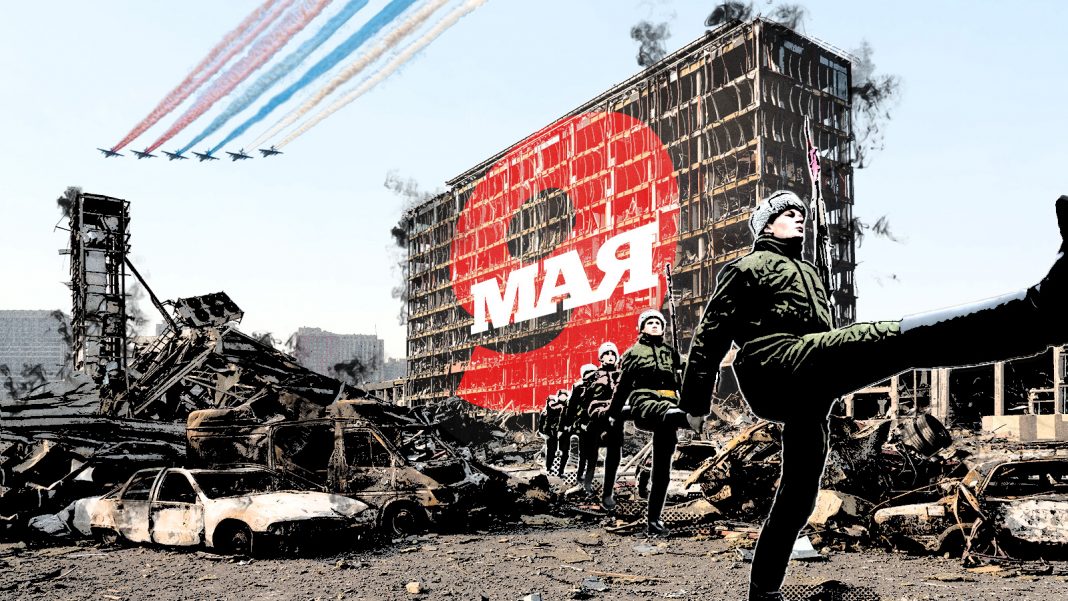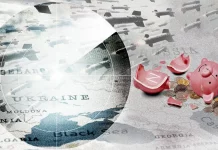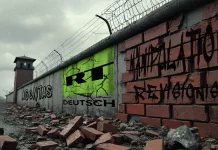More than two months into Russia’s full-scale invasion of Ukraine, the Kremlin’s disinformation machine is showing no signs of wear and tear. If anything, the contrary. Not least because the 9th of May – Europe Day for some, Victory Day for others – is approaching rapidly. Given the importance of this date in the Kremlin’s world of smoke and mirrors, their top brass is all but certainly busy with serious brain gymnastics to try and spin the lack of hoped progress on the ground and sell it as a victory.
Bearing that in mind, it is only logical that narratives full of bravado and wishful thinking on Ukraine’s post-war future are popping up on Russian outlets. Past efforts to rewrite Ukraine’s history, shape its future and deny its sovereignty have been well documented in EUvsDisinfo’s collection of pro-Kremlin disinformation cases.
End of the second month, start of the ‘second phase’
Last week, Russia announced the beginning of the ‘second phase’ of the ‘special operation’ to establish full control over Donbas and southern Ukraine, and provide a land corridor to Crimea. Well, Russia actually already declared the end of the first phase a month ago, but let us not allow facts to get in the way of a good story.
In light of this, the Kremlin’s false narrative that the West is preparing provocations to accuse the Russian side of using banned weapons is making a comeback. More accusations are made against the US for playing with biological weapons in Ukraine. For Russia’s disinformation ecosystem, using false flag narratives is a textbook move, as doing so gives options for the Russian army to act with impunity and deflect blame for acts such as the atrocities in Bucha. At the same time, preparing the ground for potential drawbacks on the battlefield, the Kremlin is turning up the volume on narratives that Russia is defending itself and that it is the World against Russia.
Mariupol in the line of fire
Over the past week, Mariupol and the new Russian offensive in Donbas were among the major topics. According to pro-Kremlin media, Mariupol is now fully ‘liberated’ and the fall of the last bastion – the Azovstal steel plant – is a matter of days. Though Russia announced a ceasefire around the site on Monday, conflicting reports started emerging quickly, as often before. In typical fashion, the Kremlin’s disinformation machine only mentions Ukrainian civilians as victims of their own state and army.
It would be surprising if the ‘fall of Mariupol’ is not presented in the coming days as a major victory by Russia and a demonstration that its strategic objectives are being met. There are increasing signs of an emerging ‘victory’ narrative. For example, several viral videos feature USSR-style flags being flown (e.g. in Kherson) and Ukrainian insignia being removed. Soviet imagery has not been explicitly and prominently used until recently, now more and more flag-raising videos keep appearing, often receiving wide engagement and amplification. These appear to aim at reviving collective memories of self defense and stoking patriotic fervour domestically in Russia in the run-up to the 9th of May.
Moldova in the crosshairs
Earlier this week, Moldova, the South-Western neighbour of Ukraine, experienced a series of explosions in the breakaway Russia-backed region of Transnistria. According to Maia Sandu, the President of Moldova, these escalation attempts stem from pro-war forces within Transnistria who are interested in destabilising the situation in the region. As expected, Kremlin officials were quick to blame Ukraine for the attacks and pro-Kremlin proxy media foresees a war. As always in the Kremlin story there is a sinister US hand behind.
Though little is known about the incidents at this point, it is well worth keeping a close eye on developments in Moldova. Not least because one of the self-proclaimed aims of the ‘second phase’ of Russia’s invasion of Ukraine is to seize control of southern Ukraine and gain access to Transnistria. Also, because the pro-Kremlin disinformation ecosystem has often had Moldova in the crosshairs before.





